A globe-trotting Australian art dealer has admitted to frauds involving multimillion-dollar artworks by Francis Bacon and Jean-Michel Basquiat in a case brought against him in the tax haven of the Channel Islands.
Melbourne-born art trader Andy Valmorbida was described as “serially dishonest” in a judgment last month in a civil case in Jersey, an island off the coast of France, in which he was referred to the local Attorney-General over the alleged frauds and attempts to disguise his tax residence.
Mr Valmorbida, 42, a scion of the Valmorbida family who made hundreds of millions of dollars importing Italian goods into Australia in the 1950s, made a splash in the New York art scene in the late-2000s by partnering with brands including Armani to launch pop-up gallery shows that attracted as many celebrities as they did art buyers.
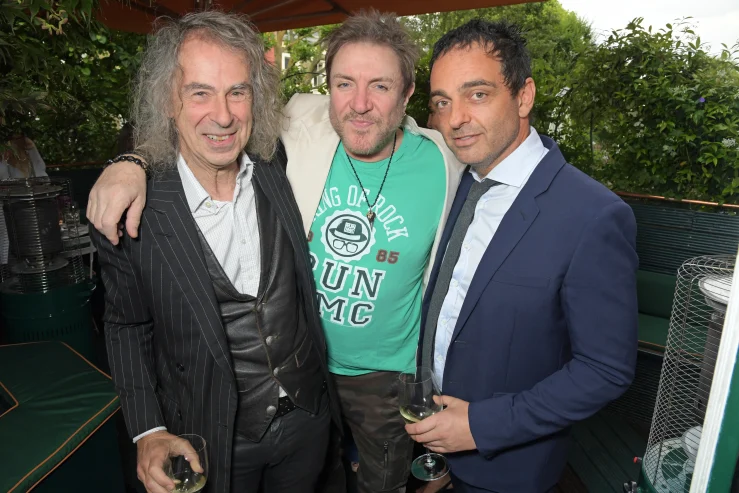
His shows, which he presented with the son of a former French Vogue editor, were awash with Hollywood actors, pop stars and models and quickly put him on the map, as did his friendships with socialites Paris Hilton and Lindsay Lohan.
But in a ruling delivered on September 30, judges in the Royal Court of Jersey found Mr Valmorbida had admitted during cross-examination to a series of frauds involving multimillion-dollar artworks by Bacon and Basquiat, as well as George Condo and Frank Auerbach.
Mr Valmorbida was being sued by tycoon and former hedge fund manager Christian Hore over unpaid debts.
Of the Bacon and Basquiat works, Mr Valmorbida “admitted to lying under oath when making a statutory declaration in London on 12th February 2018 to the effect that each work of art was ’100 per cent legally and beneficially owned by me’ for the purpose of obtaining monies from The Fine Art Group”.
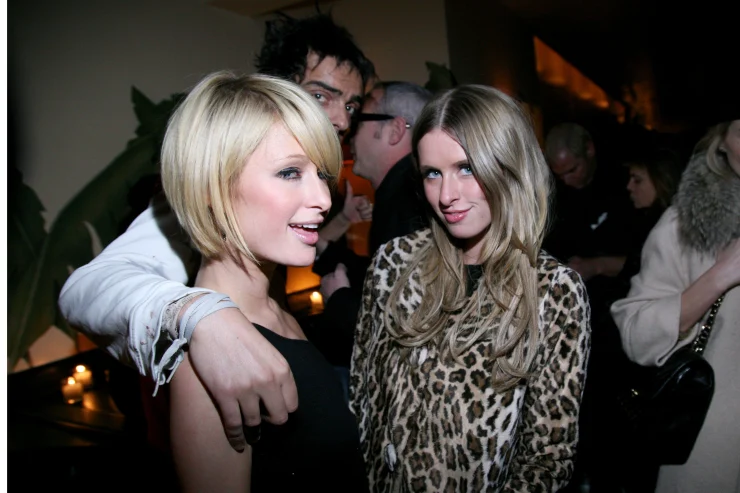
The judges said Mr Valmorbida’s self-incrimination was “extremely unusual” and noted that his lawyer twice had to intervene to give him legal advice after the court cautioned he was not required to make admissions.
“It is extremely unusual for a Defendant in a civil case to be cautioned in this way and members of the Court had no prior experience of the principal witness in a case (as Mr Valmorbida was) being cautioned,” they said.
“Before closing arguments his [lawyer] conceded … Mr Valmorbida had indeed made fraudulent misrepresentations.”
The judges concluded Mr Valmorbida did not own the paintings, but used forged documents to suggest he did, and that he then used the paintings as collateral to get personal loans worth more than $10 million from major international art trading houses including Sotheby’s.
Mr Valmorbida went on to sell the Basquiat and Condo works for $6 million each.
“The evidence in this case exposed the First Defendant, Mr Valmorbida, as a man who was serially dishonest,” the judges said. “Mr Valmorbida said in evidence in chief that not only was he a well-renowned art dealer, but that he had an extremely good reputation and a presence in the art world on both sides of the Atlantic.
“When he was cross-examined, he was revealed to be dishonest, evasive and accepted that he had both used and created false documents for the purpose of obtaining loans from four lenders on the footing that he owned artwork which, in each case, was largely not owned by him,” the court found.
Documents published from the civil case – presided over by deputy bailiff Robert MacRae, sitting with jurats Robert Christensen and Elizabeth Dulake – show Mr Valmorbida gave evidence that in “flipping” paintings, he had invoices altered by $200,000 on two occasions to deceive the buyers that they were paying “cost price” for works worth more than $1 million each, then pocketed the difference.
Mr Valmorbida, the third generation of the migrant family that made a $500 million fortune importing Lavazza coffee, Sirena tuna and La Gina tomatoes to Australia, grew up in Melbourne and attended Xavier and Wesley colleges before moving to New York.
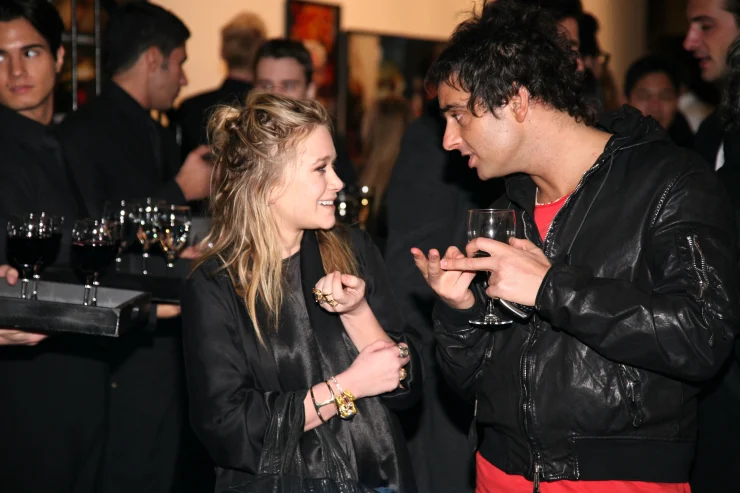
There, he forged a career as a multimillion-dollar art trader and impresario throwing grand pop-up exhibitions that toured through New York, London and Moscow.
Mr Valmorbida initially focused on early street artists, notably reviving the career of Richard Hambleton, a forgotten contemporary of Basquiat and Keith Haring.
Hambleton had fallen into obscurity, with his paintings selling for little more than a couple of thousand dollars before Mr Valmorbida hosted a show of the artist’s works during New York Fashion Week. Before Hambleton died in 2017 following a long battle with drug addiction, Mr Valmorbida bought the digital copyright for use of his works, some of which now sell for hundreds of thousands of dollars.
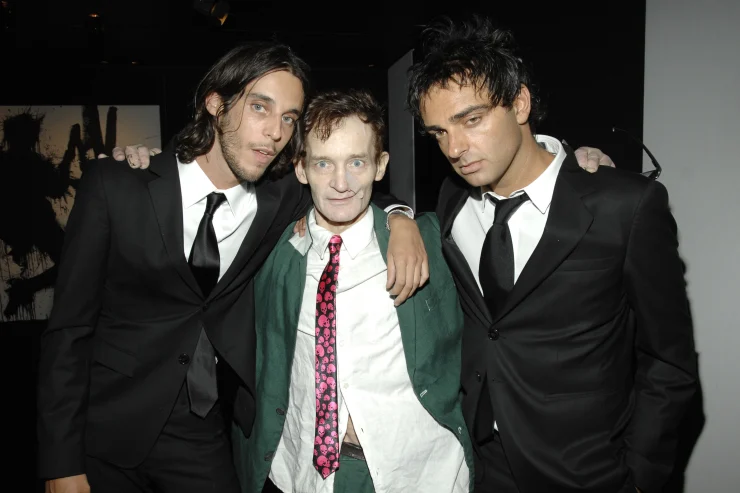
The 2009 show, in New York’s meatpacking district, was pulled together by Mr Valmorbida and his business partner, Vladimir Restoin Roitfeld, the son of Carine Roitfeld, a former French Vogue editor-in-chief and one of the most influential women in fashion. It was attended by Alicia Keys, Josh Hartnett, Mary J Blige and Mary Kate and Ashley Olsen.
“No stranger to the international party circuit, [Valmorbida] was the prime mover in putting it together… and Giorgio Armani took a hand in producing the show,” The Daily Beast reported at the time.
A darling of the social pages often photographed with celebrities and art world luminaries, Mr Valmorbida has since hosted dozens of sponsored art events around the world. The New York Times in 2012 described him a “young pop-up exhibitionist and cocky Australian-born art entrepreneur”. The New York Post’s take was “Australian playboy”.
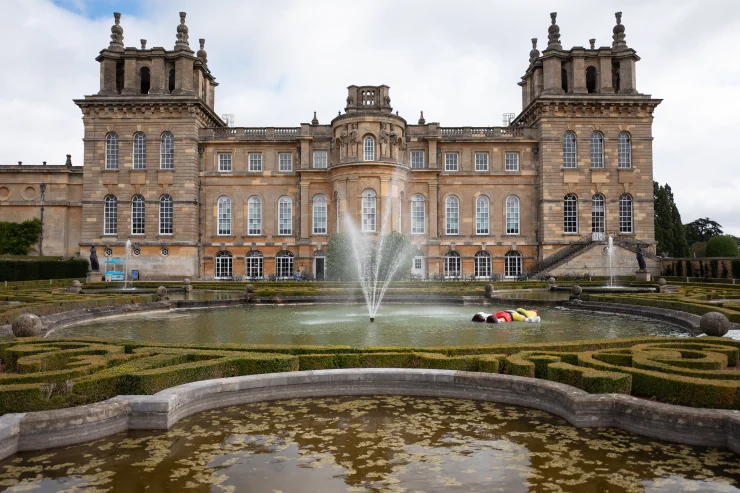
In 2014 he married socialite Zara Simon, daughter of Peter Simon, the retail tycoon behind £600 million British fashion empire Monsoon. The wedding was celebrated at Blenheim Palace, one of England’s largest houses and a UNESCO World Heritage Site, in an occasion The Australian Financial Review described as the “wedding of the year”.
Mr Valmorbida and Mr Hore settled the Jersey civil case privately after days of evidence, however the court chose to publish a judgment on September 30 regardless because “it is very much in the public interest for a person with Mr Valmorbida’s profile to have his dealings exposed”.
“[He] sold a painting by Basquiat for $6 million contrary to the terms of the agreement with The Fine Art Group and without discussion with the Plaintiff or the Board of Directors of the Second Defendant, which owned the painting. The proceeds were paid into Mr Valmorbida’s personal bank account.
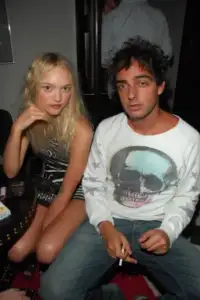
“Mr Valmorbida sold a painting by George Condo for $6 million which was owned by the Second Defendant without notice to the Plaintiff or the Second Defendant and had the proceeds paid to his personal bank account.”
“Mr Valmorbida made several representations which he knew to be false to Falcon Fine Art, London, in January 2018 for the purpose of securing a loan in the sum of $6.5 million from them which was to be secured against paintings worth millions of dollars which he said were part of his art collection but in large measure were not.”
To resolve a debt to Mr Hore as part of an October 2018 settlement, Mr Valmorbida promised to pay in three instalments with money “secured by seven artworks” valued at $14.8 million. Mr Valmorbida pledged not “to sell, assign, transfer, mortgage, charge or deal with” the artworks until he had repaid the money by November 2018.
In fact, the court found “Mr Valmorbida had already knowingly sold two and retained the proceeds for himself and pledged four in favour of Sotheby’s in order to obtain funds from them, only leaving one unencumbered and unsold painting with a given value of $500,000.”
The judges noted their concern that Mr Valmorbida had attempted to disguise his tax residence.
“Mr Valmorbida appears still to own companies in Jersey and has service providers looking after his interests. It is important that [the companies] know of the findings that the Court has made in this case.
“There were certainly significant concerns arising from the evidence in relation to Mr Valmorbida’s tax status and his attempts, on the evidence of the Plaintiff (which we accepted), to disguise his tax residence.”
The court transferred the case papers to the Jersey Attorney General in July “for his consideration as to whether or not they should be sent to the Director of Public Prosecution.”



